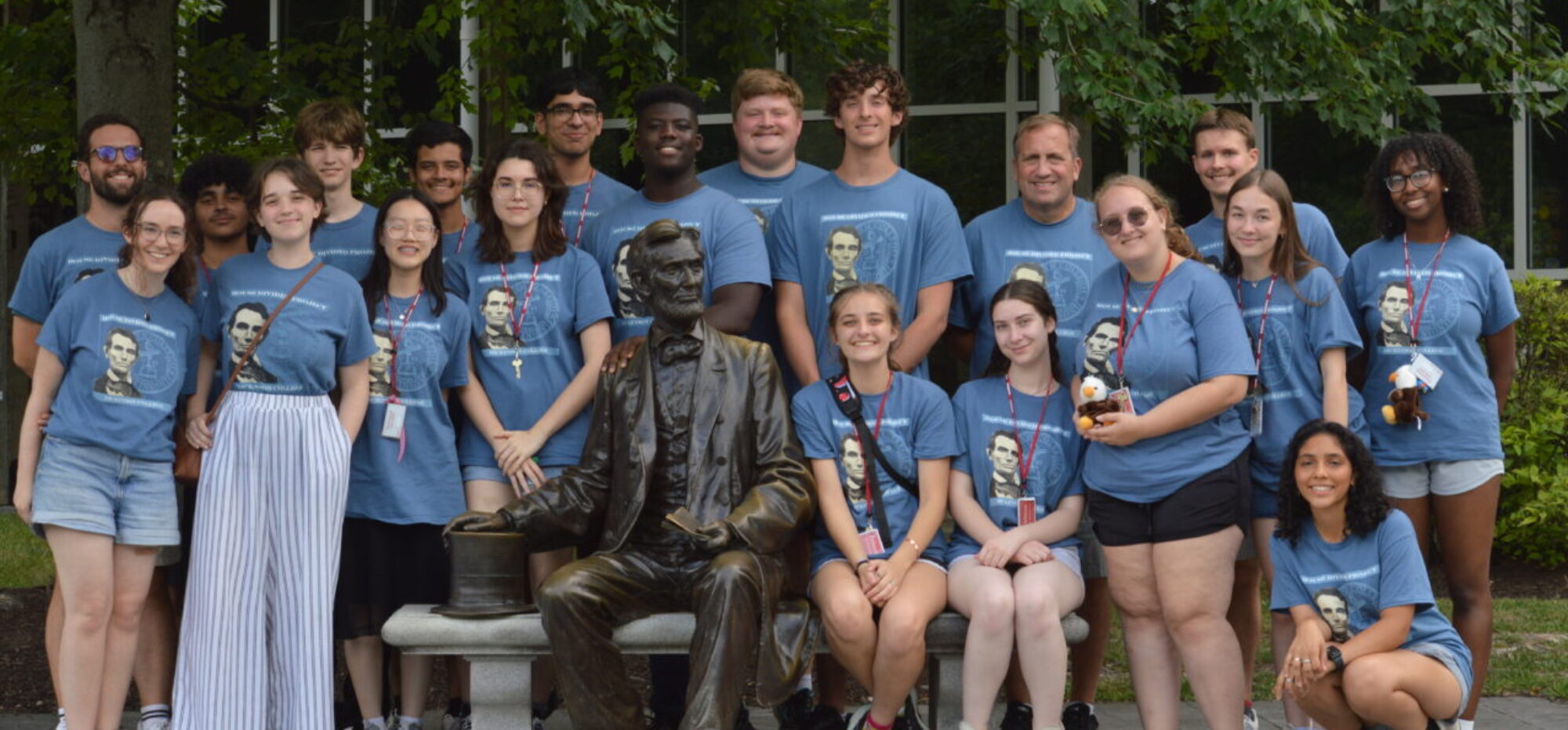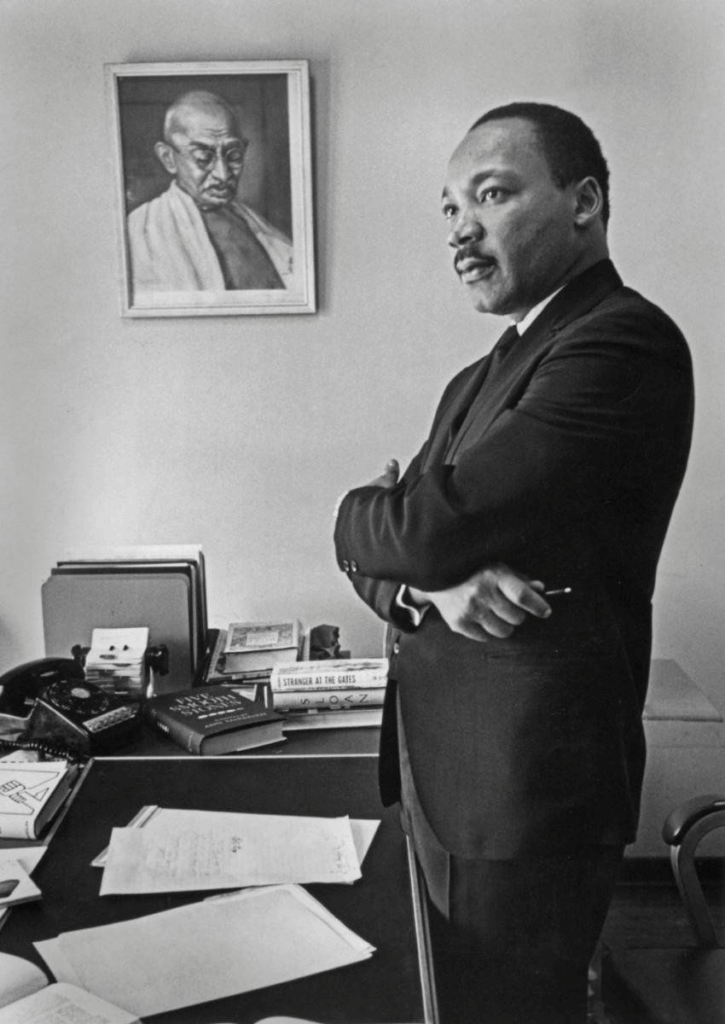Age of Reckoning: Civil Rights, Then and Now
“Nonviolent direct action seeks to create such a crisis and foster such a tension that a community which has constantly refused to negotiate is forced to confront the issue. It seeks so to dramatize the issue that it can no longer be ignored. My citing the creation of tension as part of the work of the nonviolent resister may sound rather shocking. But I must confess that I am not afraid of the word “tension.” I have earnestly opposed violent tension, but there is a type of constructive, nonviolent tension which is necessary for growth. … The purpose of our direct action program is to create a situation so crisis packed that it will inevitably open the door to negotiation. I therefore concur with you in your call for negotiation. Too long has our beloved Southland been bogged down in a tragic effort to live in monologue rather than dialogue.” – Martin Luther King, Jr., “Letter from Birmingham Jail,” April 16, 1963
Dates
1955-1965 (1954-1968)
Methods
- NAACP Legal Campaign to desegregate schools
- Grassroots efforts to integration public facilities
Amendments and SCOTUS cases
- First Amendment
- Tenth Amendment
- Fourteenth Amendment
- Brown v. Board of Education (1954) and Brown II (1955)
- Browder v. Gayle (1956)
MLK and Civil Rights Chronology
- 1955-56: Montgomery Bus Boycott
- 1957: Founded Southern Christian Leadership Conference
- 1959: Trip to India
- 1960: Sit-In Campaign
- 1962: Albany Campaign
- 1963: Birmingham Campaign
- 1964: St. Augustine Campaign, Nobel Peace Prize
- 1964: Twenty-Fourth Amendment=
- 1964: Civil Rights Act
- 1965: Selma March
- 1965: Voting Rights Act
- 1966: Poor People’s Campaign
- 1968: Memphis Campaign, King Assassinated

